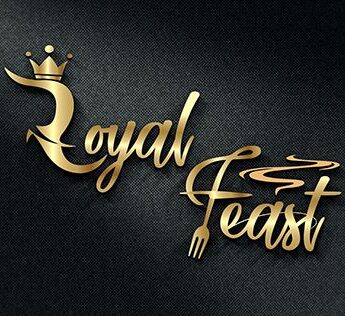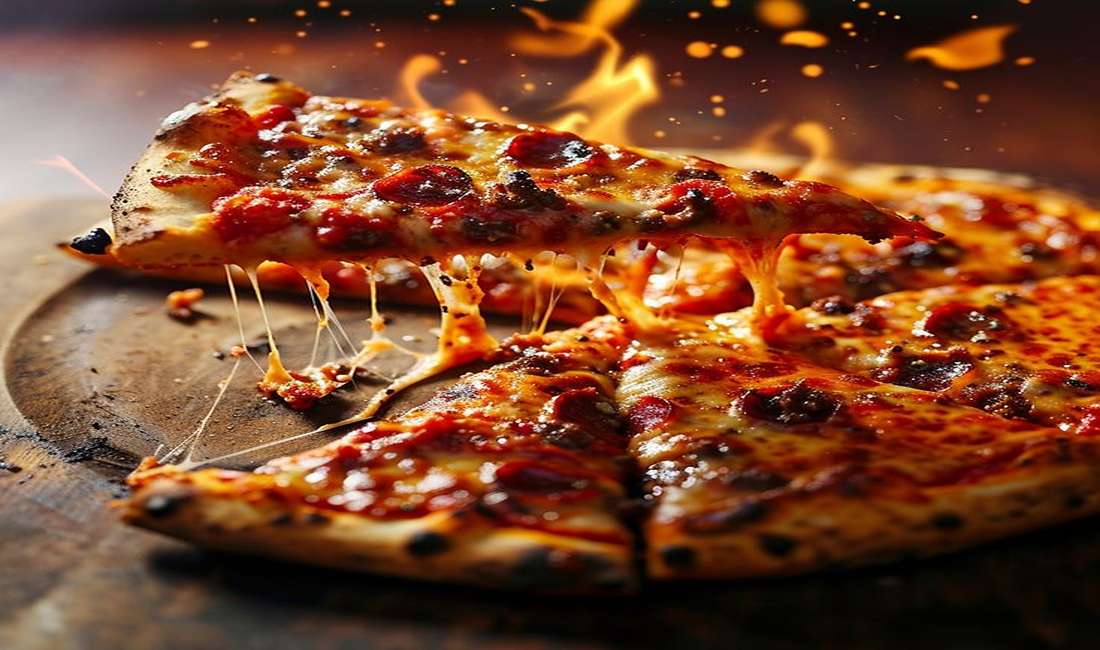
Scotch whisky is called “Scotch,” and it is unique in spirits. As something coming from Scotland’s weathered landscapes and rich heritage, Scotch is not just a drink, but rather a story in itself, told through the craftsmanship, heritage, and complexity behind it. It has century-old origins to one of the most honored whiskies in the world today. This article will explain the origins, types, regions, production, and consumption of Scotch whisky.
A Short History of Scotch Whisky
The earliest origins of Scotch whisky date back to the 15th century, when Scottish monks first distilled malted barley into a spirit called “uisge beatha,” or “water of life.” Distillation at that time was quite crude, but many of the traditions and principles for making whisky as it is today began in these early years.
By the 18th century, whisky production was booming, even though most of it was illicit due to heavy taxes imposed by the British government. This time led to many illicit distilleries, often located in distant parts of Scotland, inaccessible to tax collectors. These early producers perfected their craft, laying down the foundation for Scotland’s whisky traditions.
The Excise Act of 1823 legitimized distilleries and encouraged legal production, and it marked the beginning of Scotland’s commercial whisky industry. Over the years, Scotch gained international acclaim, particularly after phylloxera devastated European vineyards, reducing wine and brandy production. Today, Scotch whisky stands as a global symbol of quality and heritage.
What Makes Scotch Unique?
A spirit must adhere to the laws that the Scotch Whisky Association has put in place to be considered Scotch whisky. These rules ensure authenticity and quality in every bottle:Origin: It must be produced and aged in Scotland.
Ingredients: Composed of water, malted barley, and yeast.
Distillation: Distilled to less than 94.8% alcohol to preserve the character of the ingredients.
Aging: At least three years aged in oak barrels
Additives: Only water and caramel coloring
These inflexible conditions along with the availability of natural resources within Scotland give Scotch whisky its unique characteristic.
Types of Scotch Whisky
The five classifications, in expanded detail,
Scotch Whisky, that is malt whisky, as classified below possesses distinctive characteristics as such Single Malt Whisky Blended Whisky Single Grain Whisky
Scotch Malt Whisky
Made entirely of 100% malted barley it distills only via pot still in one distillery.

Noted for its richness, complexity, and regional characteristics.
Single Grain Scotch Whisky
Distilled in one distillery but also contains other grains besides malted barley.
Lighter and less rich than single malt, mainly for blending.
Blended Malt Scotch Whisky
A blend of single malt whiskies from more than one distillery.
Varied flavors with balance.
Blended Grain Scotch Whisky
A blend of single-grain whiskies from different distilleries.
Never bottled as individual products.
Blended Scotch Whisky
A mix of single malt and single grain whiskies.
The most popular whisky, which is always relatively easily accessible and consistent.
Whisky Regions of Scotland as well as its Taste
Scotland’s geography and climate have a profound influence on the profiles of the whiskies. The land is divided into five large whisky-producing regions:
Speyside
This region offers smooth, fruity, sweet, and nutty whiskies.
The region is home to more than half the distilleries located in Scotland, among them famous ones as Glenfiddich, Macallan, and Balvenie.
Islay
Known for full-bodied, peaty, and smoky whiskies.
The main distilleries of the region are Laphroaig, Ardbeg, and Lagavulin.
Highlands
Range from floral and light to full-bodied and earthy.
Glenmorangie and Dalmore are some of the top Highland distilleries.
Lowlands
Produce lighter, softer, and more floral whiskies.
Auchentoshan is one of the most famous Lowland producers.
Campbeltown
Famous for complex, maritime-inspired whiskies with brine undertones.
Some top distilleries are Springbank and Glen Scotia.
The uniqueness of each region, however, creates the rich diversity that is Scotch whisky to suit every taste.
Craftsmanship in the Making of Scotch Whisky
Scotch whisky production is not an easy affair
it brings together tradition with precision.
Malting
Grains of barley are soaked in water and allowed to germinate into fermentable sugars from starch. The grains are then dried using a kiln, which could be peat to add a smoky taste.
Mashing
The ground malted barley is mixed with hot water in a mash tun. During this process, sugars are extracted and transferred to the liquid called wort.
Fermentation
With the yeast introduced in the large fermentation tanks, sugar in the wort converts into alcohol. The resulting liquid commonly known as “wash” contains an alcohol concentration of around 6–8%.
Distillation
The wash is twice pot distilled in copper pot stills. The low wines from the first distillation are further distilled to give a “new-make spirit.” Only the heart of the distillate is taken for maturation.
Maturation
The spirit is passed into oak barrels, often bourbon or sherry casks that have already been previously used. The main flavor components imparted during maturation include vanilla, caramel, and spices, and the whisky is mellowed.
Bottling
After a minimum three years’ age in oak, typically much longer; diluted to strength before bottling,
Tasting and Enjoying Scotch Whisky
You will want to taste your whisky. It will be a taste experience. However, the technical experts advise: Observe Color: Take some time to appreciate the color and how it affects the appearance.
The color might range from the palest of gold to the deepest amber depending on the age period.
Nose: Gently swirl the glass and take in the aromas. Try to find fruit, spice, smoke, and wood.
Taste: Sip and coat the inside of your mouth. Enjoy the flavors and textures.
Finish: End with attention paid to the finish, short and clean, long and lingering.

Pairing Scotch Whisky with Food
Something is amazing about matching scotch to a meal: “The taste experience is more amplified.” Classic Pairings for Some Scotch:
Cheese: Aged cheddar or blue cheese pairs well with smoky and peaty whiskies.
Dark Chocolate: Pairs well with rich and complex malts.
Seafood: Smoked salmon or oysters balance the brininess of coastal whiskies.
Steak: A robust Scotch pairs well with the flavors of grilled or seared meats.
Scotch Whisky in Cocktails
While many purists prefer Scotch neat or with a splash of water, it also shines in cocktails. Popular Scotch-based cocktails include:
Rob Roy: A classic mix of Scotch, sweet vermouth, and bitters.
Penicillin: Combines Scotch, lemon juice, honey-ginger syrup, and a float of smoky Islay whisky.
Blood and Sand: A blend of Scotch, orange juice, sweet vermouth, and cherry liqueur.
The Global Appeal of Scotch Whisky
Scotch whisky has become something of an international phenomenon, and millions of bottles are exported each year. The top markets include the United States, France, and China. Its appeal is quality, variety, and its connection to Scottish heritage.
Conclusion
Scotch whisky is a tribute to the craftsmanship and dedication of those who produce it. Be it a peated Islay malt, a fruity Speyside dram, or a perfectly balanced blended Scotch, every sip will tell you of tradition, innovation, and craftsmanship.
As you navigate through the world of Scotch, remember that there’s a whisky for every palate and occasion. So pour a dram, raise your glass, and toast to the enduring legacy of Scotland’s finest spirit.









